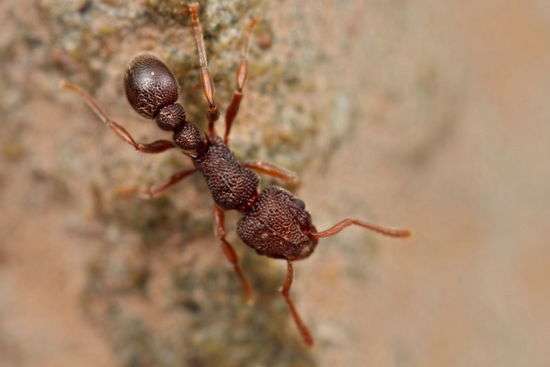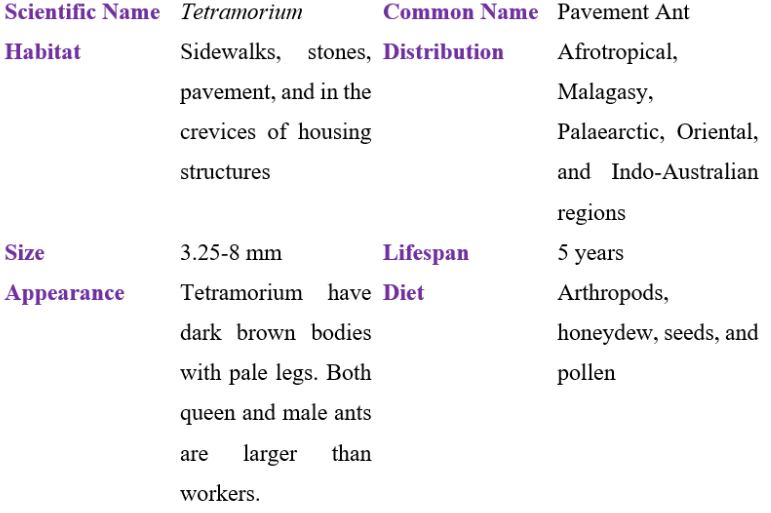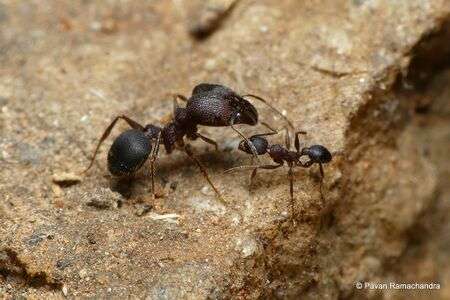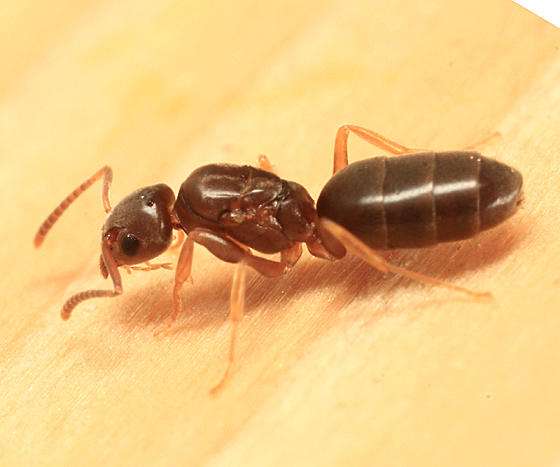
Distributed throughout, having a species diversity of about 600. With more than 220 identified species, the Afrotropical area has the most types. Members of this genus live in a variety of environments, from wet rainforests to arid savannas and deserts, and in various strata, from the ground and leaf litter layer to the high forest canopy. Although some species, such the Kenyan savannah species Tetramorium rothschildi, are known to be granivorous, the majority of species appear to be predaceous.
Biology
Most species that are known to exist nest in soil, decomposing wood, or leaf litter. Some people reside in termite nests or trees.
Identification
The majority of species have 12 segments per antenna. There are quite a few species with 11 segments, and some even have 10.
Tetramorium is a complex genus with numerous species that have been grouped into species.

Distribution
Tetramorium is one of the ant genera with the highest number of species (more than 400 species), and it is found in the Oriental, Afrotropical, Palaearctic, Malagasy, and Indo-Australian regions. A small number of species, mainly alien ones, are also present in the New World. In the Afrotropical region, where there are more than 220 known species, they have their greatest concentration of diversity.
Management
Finding the nest and treating it directly to wipe out the colony is the most crucial step in controlling these ants. The ants can be lured with goodies like sugar, honey, jelly, or a piece of bacon placed where ants are spotted in order to assist in identifying the nest. Ants may be followed back to their nesting place once they have found and consumed these meals. Treatment can be applied in cracks and crevices where they are returning with food to the colony nest after baiting the route.
Use a perimeter spray outside to treat the foundation up to two feet and three feet into the soil with an insecticide in a wettable powder formulation. This will keep current colonies under control and stop the entrance of fresh colonies.
Table





